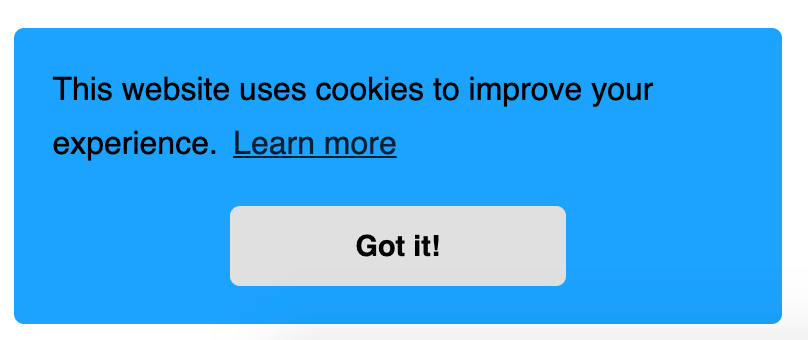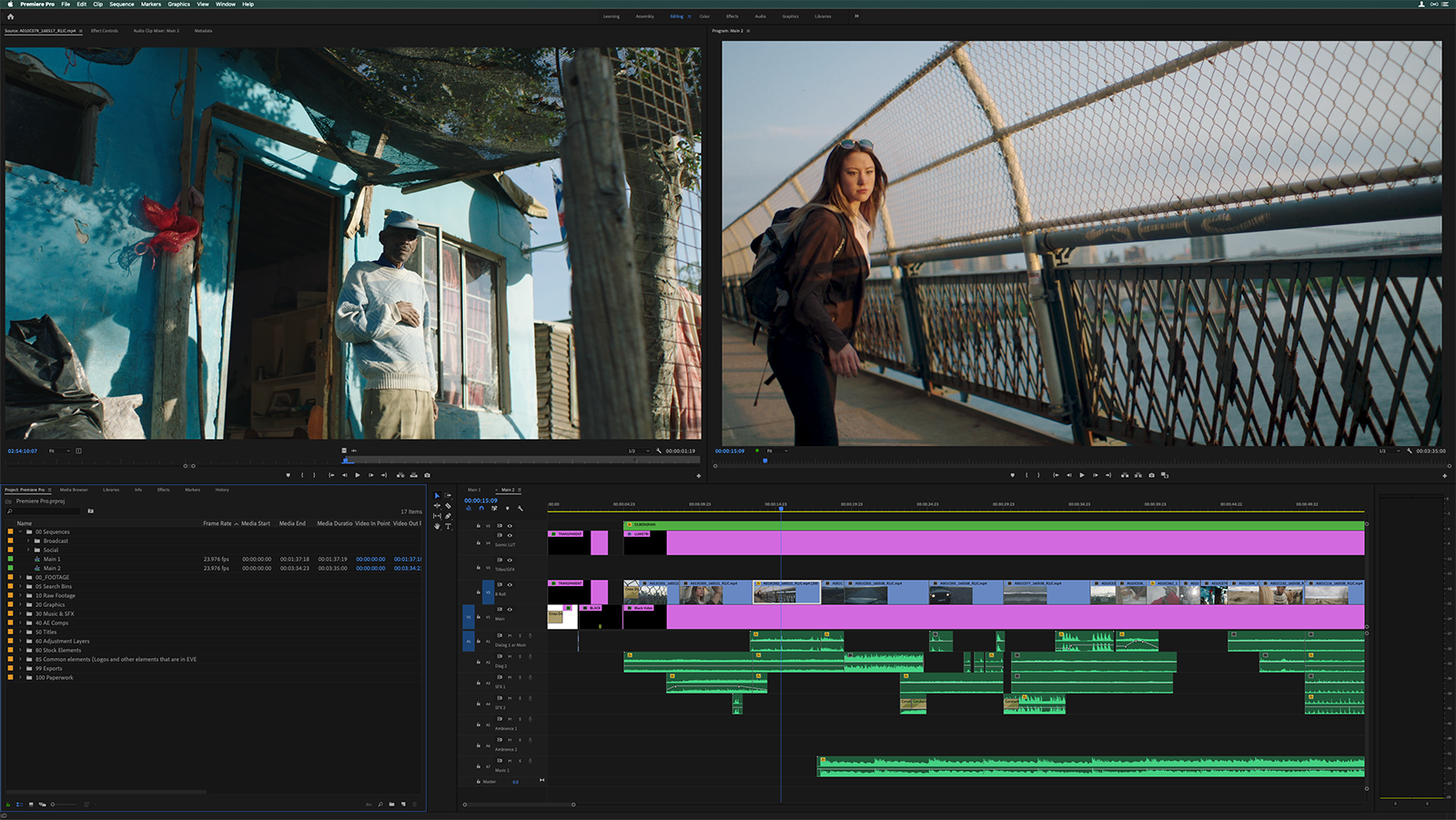.jpg) | |
| Image Source |
Hi everyone! This week, I will be discussing the topic of Media Ethics, including its history and how its power may be manipulated for both malicious and sincere gains. The first video (McCombs School of Business, 2018) defines the idea of ethics as either “the investigation and analysis of moral principles and dilemmas” or “rules and guidelines that establish what conduct is right and wrong”.
The second video, titled ‘Minisode – The Medium is the Message’ (Folding Ideas, 2015) thoroughly examines the work of Marshall McLuhan in his book, ‘Understanding Media’. Importantly, I found a more thorough understanding of his quote, “the medium is the message”. This is contextualised through his understanding of media as “any extension of ourselves”. An example as shown in the video is “the electric light reshaped how humans interact with day and night”. As new technologies and mediums develop, the way people interact with the world around them changes drastically.
‘How Dark Patterns Trick You Online’ (Nerdwriter1, 2018) reviews a phenomenon perpetuated by corporations to sway the actions of consumers. The most common sort of dark pattern is a ‘roach motel’; a situation that is easy to get into, but difficult to get out of. Amazon’s hidden account deletion process is a great example of this. This can make customers feel trapped when dealing with an unfamiliar and intentionally confusing system. There are many other types of dark patterns that may be found both on the web and mobile apps. One pattern I personally experience occurs when websites prompt the user for consent to use cookies. In many cases, companies will hide or obscure the ‘disable’ option behind another menu, making it harder for users to prevent tracking.
 | |
| Disabling cookies is hidden behind a 'Learn More' button in this case. |
‘How One Man Manipulated All of America’ (Freedom in Thought, 2017) discusses Edward Bernays’ pursuits in marketing while consumerism saw a dramatic increase in popularity. His belief was that propaganda was “the mechanism by which ideas are disseminated on a large scale”. He felt no objection to propaganda as a method of promoting a product or service, as long as it had no ill ends or was untruthful. This way of thinking allowed him to expand marketing efforts into many different forms of communication, appealing to consumers’ emotions, thoughts, and desires. This is easily highlighted through his most famous campaign, getting women to smoke in 1920’s USA. His use of ‘influencer marketing’ created a local perception of smoking as an act of empowerment for women. ‘Influencer marketing’ being the use of influential figures in the local area to generate buzz around an idea. By getting suffragettes to smoke during a parade, smoking would become symbolic of their cause and convince more women to smoke. He also appealed to the beauty standards of the time by conveying smoking as a health benefit. With doctors and suffragettes pushing cigarettes to the public, it became much easier to influence customers than through direct advertisement alone.
These videos offered a wide variety of perspective on the idea of media ethics. After analysing them in detail, I can now say that I have a greater understanding of the role media plays in our day-to-day lives. Especially how easy it can be to miss out on details in media that are intended to influence you if you don’t think about it critically. Thank you for reading!
References:
McCombs School of Business (2018) Ethics Defined [online] Available from <https://youtu.be/4vWXpzlL7Mo> [accessed 1 Nov 2021].
Folding Ideas (2015) Minisode - The Medium is the Message [online] Available from <https://youtu.be/OseOb_wBsi4> [accessed 1 Nov 2021].
Nerdwriter1 (2018) How Dark Patterns Trick You Online [online] Available from <https://youtu.be/kxkrdLI6e6M> [accessed 1 Nov 2021].
Freedom in Thought (2017) How One Man Manipulated All of America [online] Available
from <https://youtu.be/nj_UWbifM2U> [accessed 1 Nov 2021].

No comments:
Post a Comment